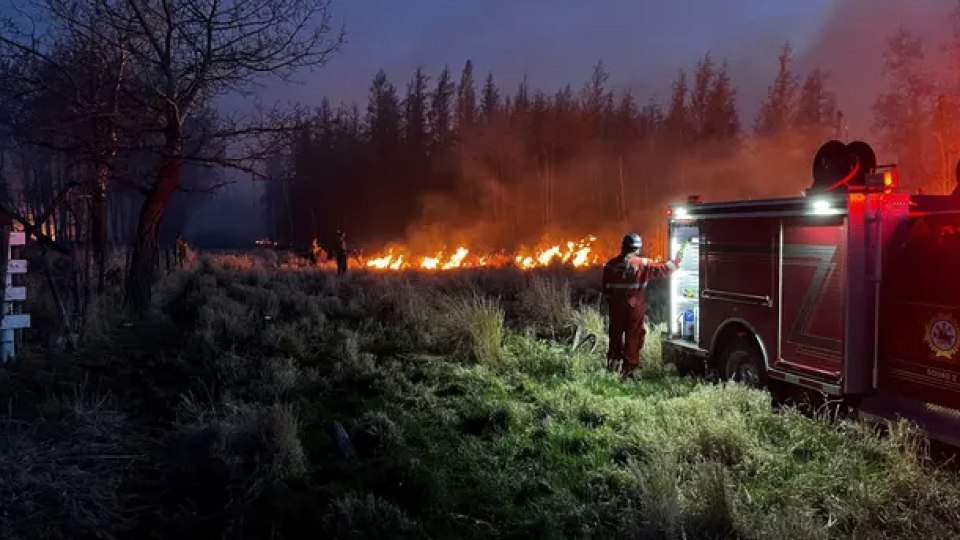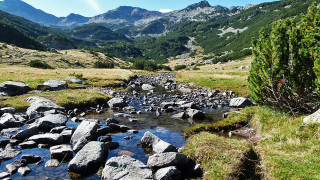The increasing number of wildfires and their intensity have raised concerns about Canada preparedness and the need for better measures to protect communities in fire-prone areas.
The fact that more than half of the 414 fires across the country are currently out of control indicates the severity of the situation. With the hottest and driest months yet to come, there is a legitimate concern about the potential for further escalation of the wildfires.
Experts, such as Paul Kovacs from the Institute for Catastrophic Loss Reduction, have observed a shift in wildfire patterns in Canada. There are now two peaks in wildfire activity, one in late summer and another in the spring. The early snowmelt and the onset of hot, dry weather in the spring create a window of vulnerability, leading to an increase in springtime wildfires. This change in the timing and intensity of wildfires has become more evident over the past few decades.
The recent record-breaking wildfires in various regions of Canada, including Nova Scotia, highlight the unexpected nature of these events and the need for better preparedness. In areas where wildfires have been historically rare, the occurrence of destructive fires is particularly concerning.
Addressing these challenges requires a multi-faceted approach. It involves enhancing wildfire management strategies, improving early detection systems, investing in firefighting resources, and implementing effective community preparedness plans. Additionally, there is a growing recognition of the need to address climate change and its role in exacerbating wildfire risks. Mitigating climate change and adopting sustainable practices are crucial for reducing the frequency and severity of wildfires in the long term.
Overall, the situation underscores the importance of proactive measures, collaboration between various stakeholders, and ongoing efforts to adapt to the changing wildfire landscape in Canada.










Leave a comment